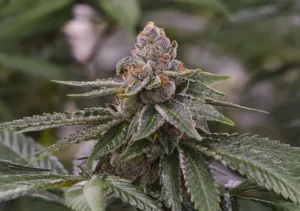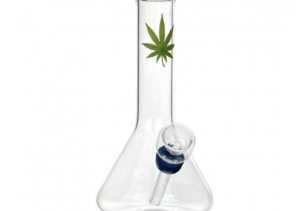With growing interest in exploring natural alternatives for overall wellness and targeted symptom relief, cannabinoids and alkaloids have emerged as two unique classes of plant compounds. Cannabidiol (CBD) from hemp and mitragynine from kratom have shown promise in managing pain, anxiety, and other conditions for some people. However, both also have uncertainties due to ongoing research and changing regulations.
In this article, we will provide an overview of CBD and kratom, explore what scientific studies to date have found about their potential benefits and risks, and discuss some of the current debates around these botanical substances. We aim to examine both while acknowledging the many remaining unknowns objectively. Ultimately, increased understanding may help interested individuals approach these alternatives with open and informed perspectives.
Definition and Overview of Cannabinoids
Cannabinoids are a group of chemical compounds found in the Cannabis plant, including tetrahydrocannabinol (THC) and cannabidiol (CBD). These compounds interact with the endocannabinoid system in the human body, which plays a crucial role in regulating various physiological processes such as appetite, mood, and pain sensation. The use of cannabinoids for medicinal and recreational purposes has gained popularity in recent years, with products like CBD oils and THC-infused edibles becoming widely available.
While cannabinoids have shown potential therapeutic benefits, it is essential to note that the use of these substances may also come with potential risks and side effects, particularly in high doses or with prolonged use. It is essential to consult with a healthcare professional before using any cannabinoid products, especially if you currently take medications or have underlying health conditions.
Additionally, it is worth noting that Cannabinoids and kratom are not the same things, although they are both sometimes used to manage pain, anxiety, and various other symptoms. Super kratom, for instance, is a strain of kratom that is believed to be particularly potent and effective, but it does not contain cannabinoids.
Properties and uses of Cannabidiol (CBD)
CBD is one of the most well-studied cannabinoids and has been found to have potential therapeutic effects in various areas, including pain management, epilepsy, anxiety, and insomnia. Unlike THC, CBD does not produce psychoactive effects or the feeling of being “high.” It makes it popular for those seeking natural alternatives without experiencing mind-altering effects. However, research on CBD is still ongoing, and more studies are needed to understand its potential benefits and risks fully.
Some of the most common forms of CBD products include oils, tinctures, capsules, topicals, and edibles. These products can be found in both hemp-derived CBD and marijuana-derived CBD (which may contain higher levels of THC). It is important to note that the legality and availability of CBD products can vary depending on the state or country, so it is crucial to do proper research and consult with a healthcare professional before purchasing and using these products.
Overview of Alkaloids
Alkaloids are a diverse class of organic compounds found in various plants, including kratom. Kratom, scientifically known as Mitragyna speciosa, is a tropical evergreen tree native to Southeast Asia. It has a long history of traditional use for its stimulating and pain-relieving effects.
One of the main active alkaloids in kratom is mitragynine, which has been found to exhibit opioid-like properties. It is believed to interact with opioid receptors in the brain, although the exact mechanism of action is still not fully understood. This interaction has raised interest in the potential therapeutic benefits of kratom, as well as the associated risks.
However, it is essential to note that further research is needed to comprehensively explore these interactions and fully understand the potential benefits and risks of using kratom. The evolving scientific understanding of kratom and its alkaloids will pave the way for a more informed and nuanced discussion surrounding its use in various contexts.
Properties and uses of Kratom
Kratom, a tropical tree native to Southeast Asia, is typically consumed as a tea or in powder form. Its usage has gained popularity for various purposes, including pain management, anxiety relief, and mood enhancement. Additionally, some individuals turn to kratom to alleviate symptoms of opioid withdrawal. As with cannabinoids, the potential therapeutic effects of kratom are still being explored, warranting further research to comprehend its wide-ranging applications and potential risks fully.
One of the primary concerns surrounding kratom revolves around its potential for abuse and addiction, as well as the risk of adverse effects such as liver damage or respiratory depression. It is crucial to note that due to its psychoactive properties and potential health risks, kratom has been banned in certain countries and states, highlighting the need for informed decision-making and responsible usage.
Side-by-side comparison of CBD and Kratom
While both CBD and kratom have shown potential benefits for pain management, anxiety, and other conditions, it’s important to note some key differences between the two. CBD, known for its minimal side effects, is generally well-tolerated by users. On the other hand, kratom use has been associated with more significant risks and the potential for addiction.
Moreover, CBD enjoys legal status in many parts of the world, making it easily accessible. However, kratom is banned in certain countries and states due to regulatory concerns. It’s crucial to highlight that both substances are still subjects of ongoing research, and further investigation is necessary to comprehend their properties and potential applications fully.




